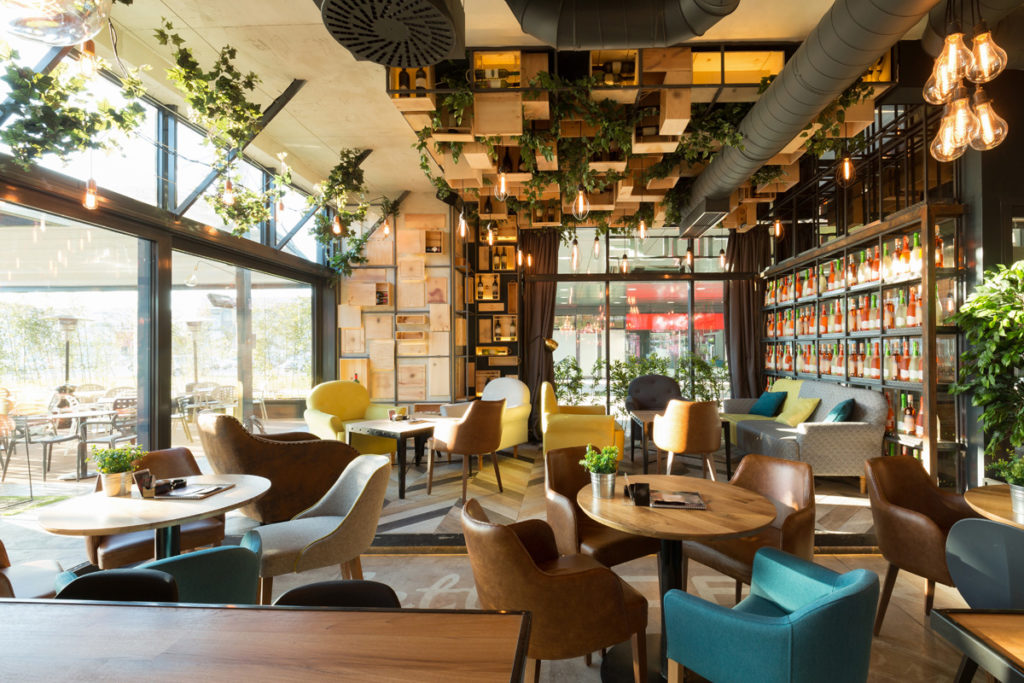On 23 April 2021, the Telegraph shared a headline people in the UK most likely have been wanting to hear for the past year or so: the country is no longer in a pandemic. This is after over half of the population has already received their vaccines and new cases continue to fall.
But regardless of how the pandemic ends, it will still be leaving a messy trail. This is especially true for the restaurant industry, one of the worst-hit by the lockdowns and social distancing rules.
Fortunately, experts believe that the health crisis might not kill the restaurants but instead force them to adapt and evolve. Here are the four ways the COVID-19 pandemic will change the foodservice sector:
1. Al Fresco Is Likely to Remain

Although the pandemic is controllable in the UK, many health scientists also say that it can easily turn for the worse as new variants appear. In fact, some believe that this won’t disappear forever. Rather, it will be like the seasonal flu and that people may need booster shots annually.
For this reason, some of the protocols that work may remain. While it is less likely that people will continue to wear masks, restaurants may maintain the alfresco setting. They will continue to invest in outside shade blinds and a bigger seating capacity.
Many UK restaurants may also take a hint from dining places in other countries for inspiration. For example, an Amsterdam art center once made headlines for using greenhouses to create separate outdoor spaces for customers.
In the United States, communal tents and igloos became the norm. These enclosed spaces also proved to be helpful when customers needed to practice social distancing during winter.
Indoors, they will improve their heating, air-conditioning, and ventilation (HVAC) system. As many studies about the COVID-19 pandemic showed, poor ventilation, particularly bad air circulation, can increase the risk of the spread of disease.
2. Ghost Kitchens Will Continue to Make Their Presence Felt
Also known as dark kitchens or virtual restaurants, ghost kitchens are not a new concept. However, the COVID-19 pandemic made it more popular for the following reasons:
- Many restaurateurs can no longer keep up with the high lease costs of their space. They may offer their kitchens to other fledgling businesses or shut down their physical store to shift to a ghost kitchen.
- The demand for food deliveries significantly increased during the pandemic. In a report by Statista for March 2020, over 60 percent of consumers between 18 and 34 years old increased their delivery frequency while at least 25 percent said they planned to do so.
According to Euromonitor, the ghost kitchen business may become a trillion-dollar industry by 2030. By then, it could capture as much as 50 percent of the drive-thru and takeaway food services, as well as 35 percent of ready meals and 25 percent of dine-in food service.
3. Restaurant Websites Will Be More Engaging or Dynamic

Before the pandemic, a good number of restaurant websites was static—that is, they’re filled with non-interactive pages like menus. That all changed when COVID-19 happened. As people remained in their homes, they preferred to order online.
According to Food Navigator, online food delivery was one of the few winners during this pandemic. In 2020 alone, this sector generated over £4 billion in revenues. That’s more than 10 percent higher than in the previous year.
Because online platforms also deliver results for restaurants, these businesses are also more likely to retain them and make them even more engaging or interactive. Some may even develop apps for a more convenient way of placing orders.
4. Leasing Might Suffer
If there’s one thing the popularity of ghost kitchens and online food deliveries teaches the industry, it’s that restaurants might not actually need a large physical space to generate solid revenues. They may then downgrade their area to also help reduce their operating costs.
Another potential reason for the poor leasing outlook on restaurants is job losses in the industry. According to the Guardian, the pandemic increased restaurant job losses in 2020 by as much as 163 percent. Branch closures in the hospitality firms went up by 75 percent.
Although the government extended grants and other types of financial aid, most businesses are still in recovery mode. They’re going to cut back on as many expenses as they can, including rent.
Inasmuch as people want to get back to normal, life will never be the same after this pandemic. The same goes for the badly hit industries like restaurants. But the crisis came with lessons that may change the foodservice sector for the better.
